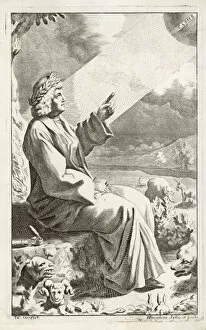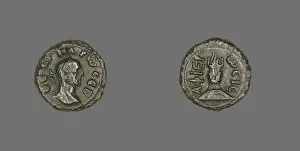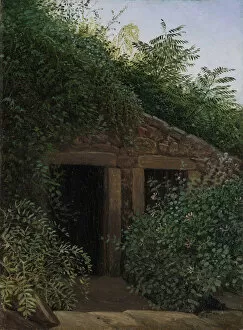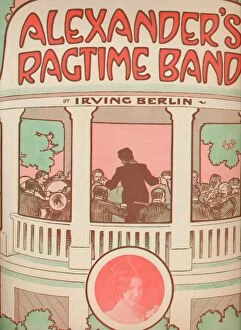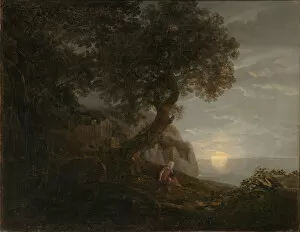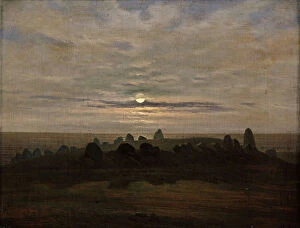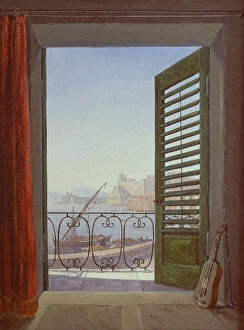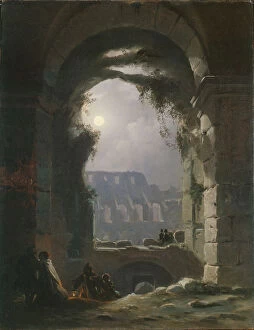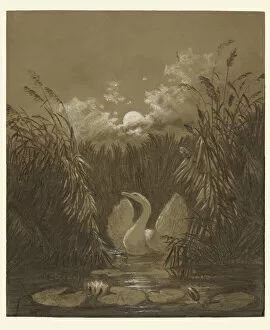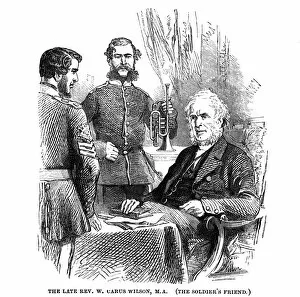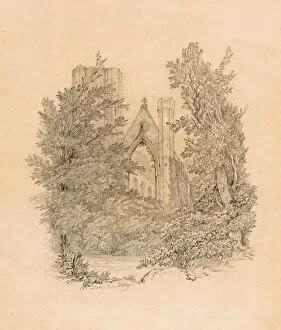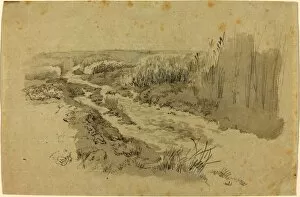Carus Collection
Carus, a name that echoes through time and various realms of artistry
All Professionally Made to Order for Quick Shipping
Carus, a name that echoes through time and various realms of artistry. From the philosophical musings of Titus Lucretius Carus to the enigmatic coin portraying Emperor Carus, this name holds a rich history. In the world of Roman emperors, Carus stands tall as an intriguing figure. His portrait captures his regal demeanor and hints at the power he wielded during his reign. Alongside him, we find another emperor portrayed in art - Probus, whose likeness adds depth to our understanding of this era. But Carus is not limited to emperors alone; it extends its influence into other creative domains. Arlette Carus's seven meticulously designed hats showcase her talent as a French milliner, each one telling its own unique story. The allure of fashion continues with a woman adorned in a vest made from Scottish silk and complemented by a crepe cotton skirt. The combination exudes elegance and sophistication while highlighting the versatility of textiles. Moving beyond clothing, we delve into Carl Gustav Carus's artistic vision captured in his paintings. The gothic windows in the ruins of Oybin Monastery transport us back to 1828 when these architectural wonders stood tall amidst nature's embrace. Similarly, an overgrown mineshaft depicted by Carl Gustav reminds us of forgotten industries swallowed by time. Art takes many forms; even music finds its place within the realm of Carus. "Alexanders Ragtime Band, " composed in 1911 by an unknown artist, carries melodies that have transcended generations and brought joy to countless listeners. Nature itself becomes a canvas for Carl Gustav's creativity as he portrays wanderers on mountaintops or captures ethereal moonlit scenes like "Full Moon near Pillnitz" or "Moonrise. " Through these works, we feel connected to something greater than ourselves – nature’s beauty illuminated under moonlight’s gentle glow. Carus encompasses a tapestry of art, philosophy, fashion, and music.

